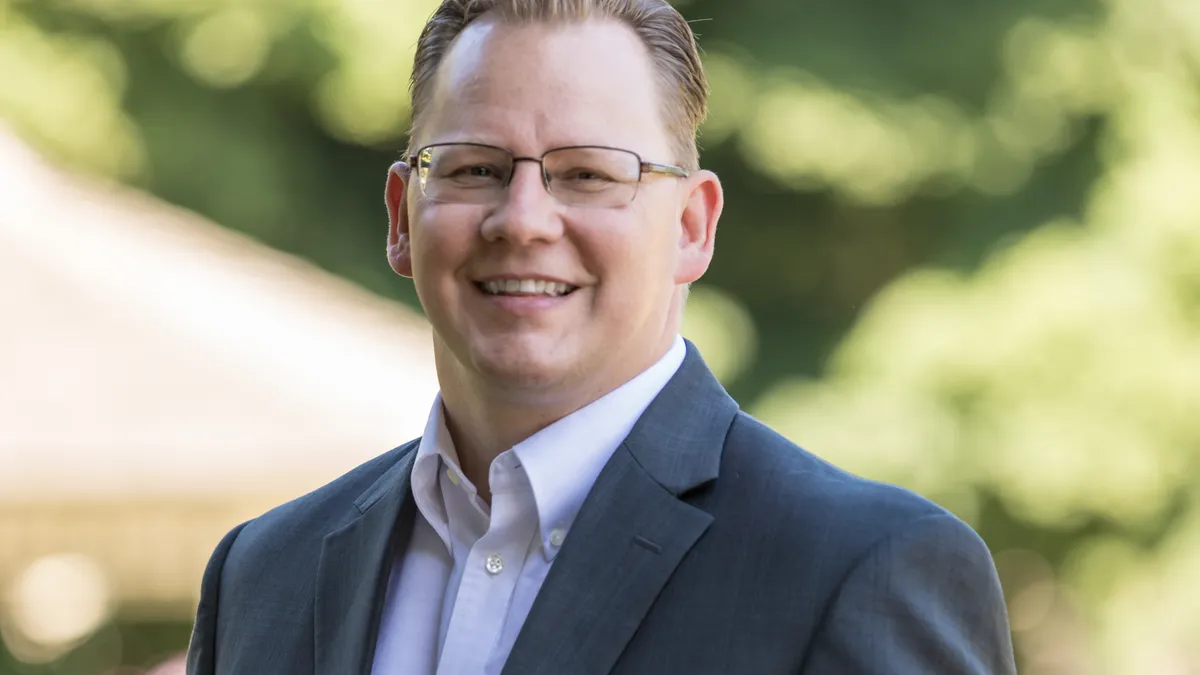Since the Centers for Disease Control And Prevention (CDC) put schools on alert last week, districts across the country have been preparing for higher absenteeism rates and potential closures as cases of coronavirus increase along the West Coast.
But the government agency’s brief guidance to brace for impact is complicating standard district operations, as a handful of districts in Washington state and California that have closed for deep cleanings or self-quarantines can confirm.
According to CDC’s count on Thursday afternoon, the two states had 39 and 36 reported cases, respectively. The virus has affected a handful of other states to a lesser extent, including Rhode Island, Oregon, Arizona, Wisconsin and Florida.
As the information and guidance rapidly evolves, Education Dive spoke to Washington’s State Superintendent of Public Instruction Chris Reykdal to better understand how districts in affected areas are responding and what other education leaders across the country can learn from one of the first states to be impacted.
EDITOR'S NOTE: This interview has been edited for brevity and clarity.
EDUCATION DIVE: How has coronavirus affected Washington state?
CHRIS REYKDAL: Unfortunately, this particular event has become critical because it took hold in a very fragile senior living facility. The mortality rate that people are seeing is concentrated on a high-risk population; we just happen to have a facility that is ground-zero.
But there’s a lot of anxiety from parents, and that has translated to a presumption of risk, [which] has led to schools closing.There are a dozen districts that have closed at least one school. In none of those cases was it a mandate by our public health department. The districts have made that choice.
In [almost] all cases, it was out of an abundance of caution because of contact with a third-party nexus to the school — there being two exceptions: Jackson High School in Everett, Washington, did have a confirmed case and closed, and Hazen High School in Renton, Washington.
In a letter to your superintendents, you suggested schools close instead of providing unequal access to education. Do you think that is the best course of action?
REYKDAL: We have a couple districts that feel very poised to deliver continuous instruction at a distance through Zoom and online learning platforms. For those that don’t, we don't tell them "no" but we have cautioned all districts to consider if they can deliver services equitably.
We’re asking them: Do you still have a way for interaction and evaluation particularly for really young learners? This might make high school, but what about 1st graders? Can you provide a [free and appropriate education] for students with disabilities? What about meals?
We’ve challenged those districts to think about the complexity of what it means to have school continue online.
When we shut down over here for a snowstorm we don’t provide meals for that day. Districts should take into consideration what it means for a school district to remain open but only online.
We’re trying to work with the U.S. Department of Agriculture to make sure we understand rules around meals when schools are not operational. That’s an area where we know there’s a vulnerability for families, that there could be a real risk for families not getting nutrition.
Right now, we’re watching King County districts. I’ll be honest with you, nearly a third of our students would be living in those [districts].
What are some challenges you’re facing, and how are you overcoming them?
REYKDAL: Our state is organized with such local control around instruction and when school meets, so we are challenged to give them the flexibility to make good choices, but have a consistent policy framework so they’re all making it based on the same set of assumptions about their rules.
We’ve got online petitions in some of these districts trying to get schools to close, but it's such a complex epidemiological decision and that’s challenging. You’re balancing people’s emotions with the science here.
We’re trying to use factual, technical information, and we’re always trying to signal where we might be going with future guidance. I’m using a distribution model through listervs, and I’m doing a ton of radio in our state. Our governor has been very visible, as has our secretary of health to talk about the health side of it.
Do you have tips for superintendents and state leaders who might have to go through this in the near future?
Reykdal: From our experience, the very first thing you’re trying to do is contain this. You first contain before you presume quarantines and closures. The best way to contain this is to create a protective factor.
For any other state and region in the country: You cannot spend enough energy right now with very clear directions to families about clear personal hygiene strategies or if they have a cough or are symptomatic anyway.
The best thing we can do is stop its spread, before people talk about closures. Get your communities prepared to change their personal habits to create risk protection. We’re just all over that right now. It buys us time to make better decisions and come up with better strategies.





















